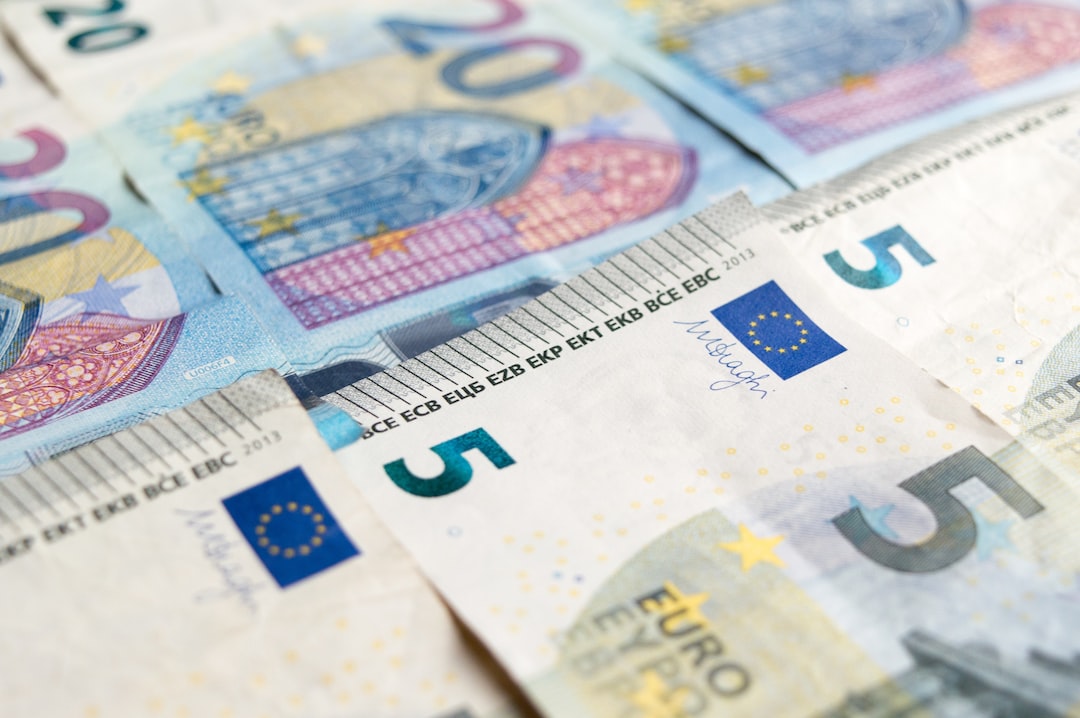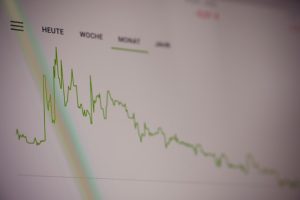The forex market, also known as foreign exchange market, is the largest financial market in the world. It is estimated that over $5 trillion worth of currencies are traded every day. This market is dominated by banks, financial institutions, hedge funds, and individual traders. Among these players, banks are the key participants in the market. They play a vital role in providing liquidity, making transactions, and providing market insights. When bankers look at forex, they consider various factors that can affect currency values. In this article, we will discuss the key factors that bankers look at when analyzing the forex market.
Economic Indicators
One of the primary factors that bankers look at when analyzing the forex market is the economic indicators of different countries. These indicators include inflation rates, GDP growth, unemployment rates, interest rates, and trade balances. These indicators can have a significant impact on the value of a country’s currency. For example, a country with a high inflation rate may experience a depreciation in its currency value. On the other hand, a country with a robust economy may experience an appreciation in its currency value.
Central Bank Policies
Another critical factor that bankers look at when analyzing the forex market is the policies of central banks. Central banks play a crucial role in determining the interest rates of a country. When central banks increase interest rates, it can lead to an appreciation of the currency. Conversely, when central banks decrease interest rates, it can lead to a depreciation of the currency. Central banks also engage in quantitative easing (QE) programs, which involve injecting liquidity into the market. QE programs can also affect currency values.
Political Events
Bankers also consider political events when analyzing the forex market. Political events can create uncertainty in the market, which can lead to volatility in currency values. For example, a political crisis in a country can lead to a depreciation of its currency. Similarly, geopolitical tensions can also impact the forex market. For instance, a conflict between two countries can lead to a depreciation of their respective currencies.
Market Sentiment
Bankers also consider market sentiment when analyzing the forex market. Market sentiment refers to the overall mood of traders and investors in the market. If traders and investors are bullish on a currency, it can lead to an appreciation of its value. Conversely, if traders and investors are bearish on a currency, it can lead to a depreciation of its value. Bankers use various tools and techniques to gauge market sentiment, such as technical analysis, fundamental analysis, and news analysis.
Technical Analysis
Technical analysis is a tool used by bankers to analyze the forex market. It involves studying price charts and identifying patterns that can indicate future price movements. Technical analysts use various indicators, such as moving averages, MACD, and RSI, to identify trends and generate trading signals. Bankers use technical analysis to determine entry and exit points for trades.
Fundamental Analysis
Fundamental analysis is another tool used by bankers to analyze the forex market. It involves studying economic indicators, central bank policies, and political events to determine the intrinsic value of a currency. Fundamental analysts use various metrics, such as price-to-earnings ratios, to determine the value of a currency. Bankers use fundamental analysis to determine long-term trends in the market.
News Analysis
News analysis is another tool used by bankers to analyze the forex market. It involves monitoring news sources, such as financial news networks and social media platforms, to identify events that can impact the market. Bankers use news analysis to identify trading opportunities and adjust their trading strategies accordingly.
Conclusion
In conclusion, bankers look at various factors when analyzing the forex market. These factors include economic indicators, central bank policies, political events, market sentiment, technical analysis, fundamental analysis, and news analysis. By considering these factors, bankers can make informed decisions about when to enter and exit trades in the forex market.





